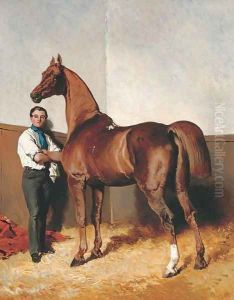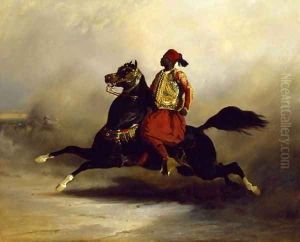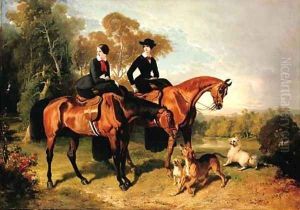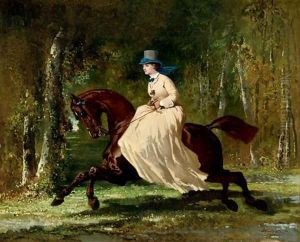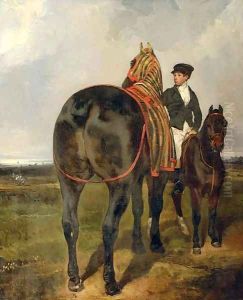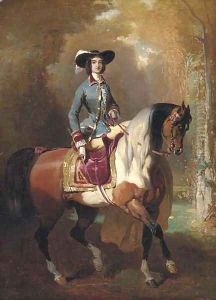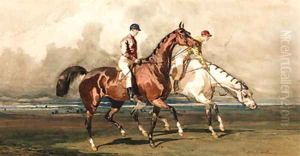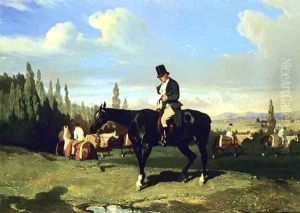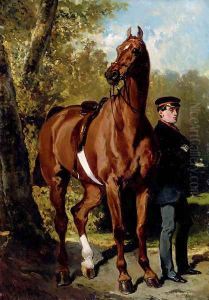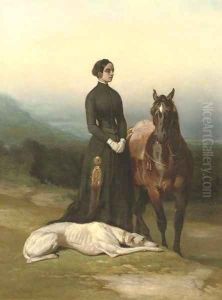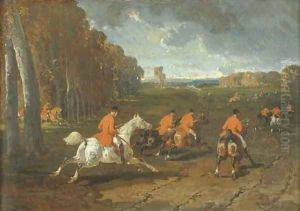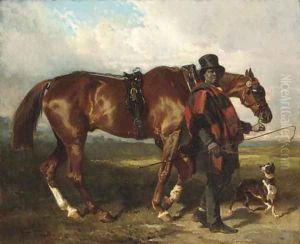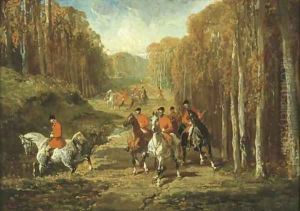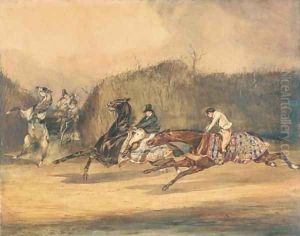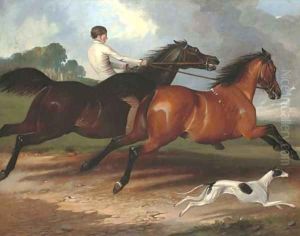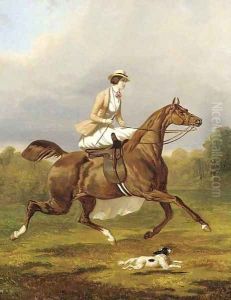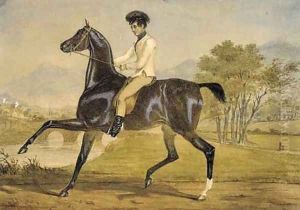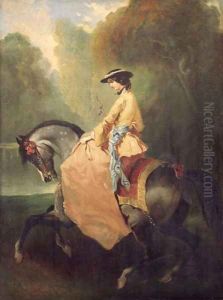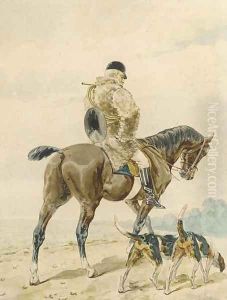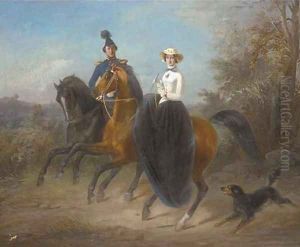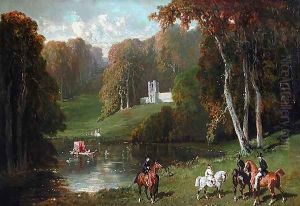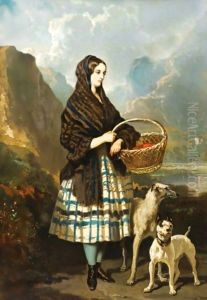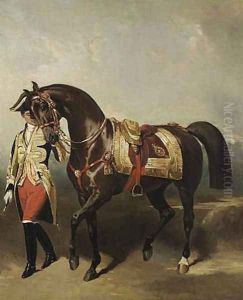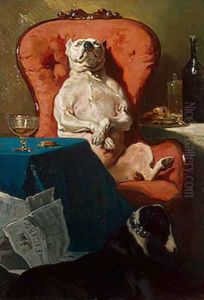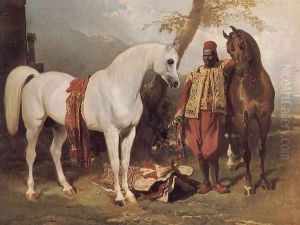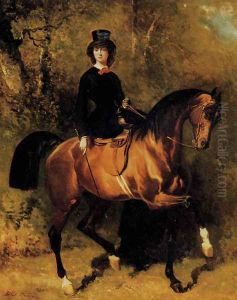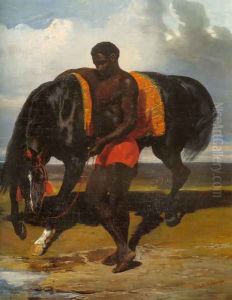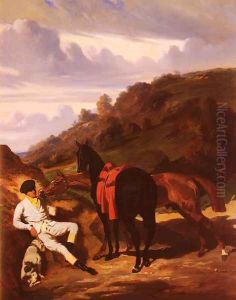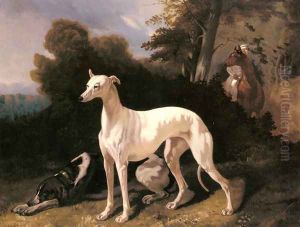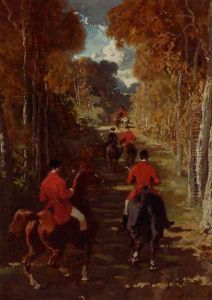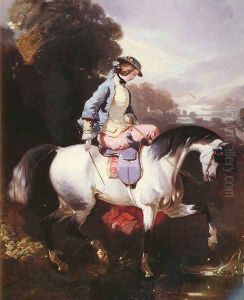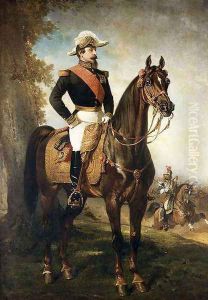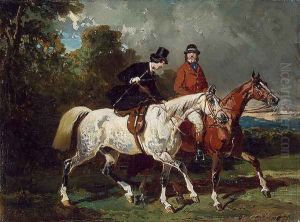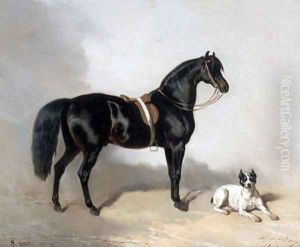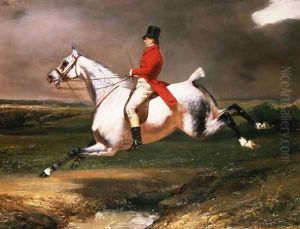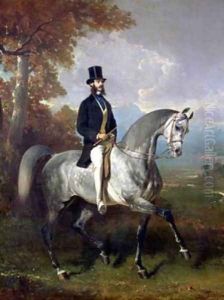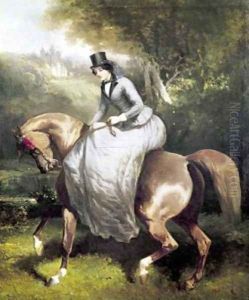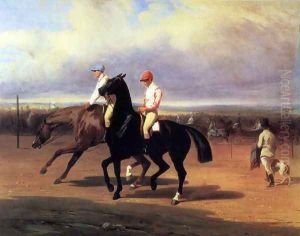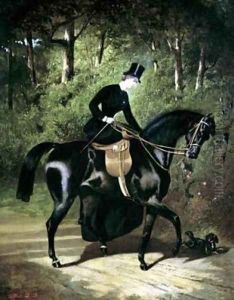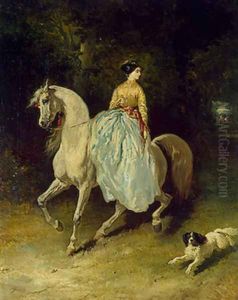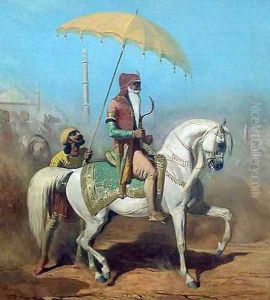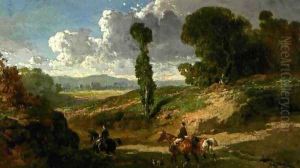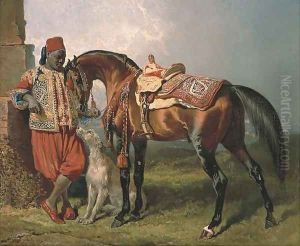Alfred Dedreux Paintings
Alfred de Dreux, born Pierre-Alfred Dedreux on March 23, 1810, in Paris, France, was a renowned French portrait and animal painter, particularly famous for his depictions of horses. He was a part of the Parisian artistic circles from a young age due to his uncle, the famous architect Pierre-Joseph Dedreux. Alfred showed a strong inclination towards art and was mentored by the eminent painter Théodore Géricault during his early years, which had a lasting influence on his style and subject matter.
Dedreux's equestrian paintings are characterized by their dynamism, precision, and romantic portrayal of horses. He became a favorite among the French aristocracy for his elegant portraits and his ability to capture the grace of horses and their riders. His works often exhibit a masterful use of color and a keen understanding of equine anatomy, which brought him considerable fame during his lifetime.
In addition to his equine subjects, Dedreux painted a number of portraits, genre scenes, and historical compositions. His association with high society provided him with many prestigious commissions. He painted portraits of notable figures, including Napoleon III, and was well-regarded for his refined and sophisticated style.
Alfred de Dreux exhibited his works at the Paris Salon, the official art exhibition of the Académie des Beaux-Arts in Paris. His paintings were acclaimed and he received medals for his contributions to French art. Despite his success, Dedreux's life was relatively short, and he passed away on October 5, 1860, in Paris. His legacy is preserved through his artworks, which continue to be admired for their beauty and technical skill. His paintings are held in numerous collections around the world and provide a captivating glimpse into the 19th-century Parisian high society and the era's passion for horses.
